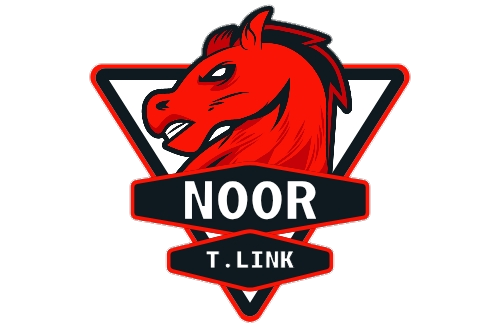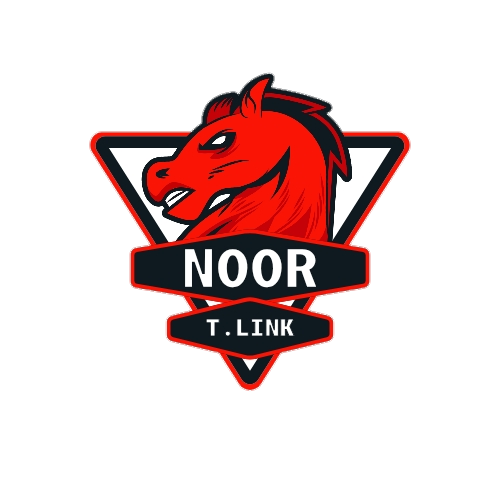In a recent announcement shared on social media platform X, the SFT Blockchain revealed a strategic alliance with PalmCode, a platform that merges traditional palmistry with modern artificial intelligence. This collaboration aims to deliver personality and life-path analysis using machine learning while maintaining strict user data control. Privacy, transparency, and the empowerment of users through self-exploration in a digital format were underscored as core values of the partnership.
Merging Physical Identity with Digital Tools
Following SFT Blockchain’s announcement, PalmCode also disclosed information about the joint venture. The platform characterized the SFT Blockchain as a comprehensive DePIN (Decentralized Physical Infrastructure Network) DAO. It described the system as a connector of real-world infrastructure to blockchain-based Web3 solutions. PalmCode emphasized the network’s foundation on decentralized computing, storage, and delivery mechanisms. These elements were said to enhance both scalability and accessibility within the decentralized ecosystem.
SFT Blockchain’s architecture introduces liquidity to traditionally illiquid assets through a decentralized protocol. By allowing users to stake tokens and mint new, transferable assets, the network unlocks broader utility beyond passive holding. These newly minted assets can then be employed in various on-chain functions such as staking, decentralized finance (DeFi) lending, DAO participation, and infrastructure deployment. The structure promotes interactive and secure digital environments while reinforcing user autonomy in asset management.
Technical Foundation Enables Seamless Interoperability
A core advantage of the SFT Blockchain is its modular design, which facilitates cross-chain communication and interoperability. This capability enables users operating on separate blockchain networks to exchange assets and data effortlessly. Smart contracts and decentralized node operations ensure that functionality remains robust and free from single points of failure. This setup not only enhances system security but also ensures users retain control over their data within a decentralized, privacy-preserving framework.
One of the standout features of the PalmCode collaboration is the application of artificial intelligence to palmistry. By deploying deep learning models, the platform analyzes palm lines to generate data-driven insights about individual characteristics. Unlike traditional palm reading, this method seeks to provide objective results rather than interpretive or belief-based conclusions. The use of decentralized networks ensures the process is not reliant on centralized cloud providers, thereby enhancing data reliability and user trust. Governance under neutral systems reinforces transparency and aligns with Web3’s core philosophies.
A Versatile Ecosystem for Real-World Applications
The broader framework supported by SFT Blockchain operates as a marketplace where hardware providers, software developers, and blockchain services converge. This design supports tokenized infrastructure and scalable data handling while enabling monetization opportunities for various stakeholders. Devices such as biometric readers or mobile sensors can integrate through standard protocols, providing the foundation for AI services that require fast, secure, and decentralized data transmission. Token rewards based on usage offer incentives that promote greater participation within the network.
Adding to its growing list of collaborations, SFT Protocol recently announced a partnership with Atleta Network on May 14. Known for its focus on sports tokenization and decentralized commerce, Atleta has reportedly processed over twenty-four million transactions and nearly one million wallets. The agreement allows SFT Protocol to furnish Atleta with decentralized storage and computing capabilities tailored for the sports sector and tokenization use cases.
Together, these initiatives with PalmCode and Atleta Network illustrate SFT Protocol’s expansive DePIN strategy. The network’s capability to support a wide range of practical Web3 applications—from biometric data analysis to sports infrastructure—demonstrates its technical versatility and commitment to user-centric digital ecosystems.



